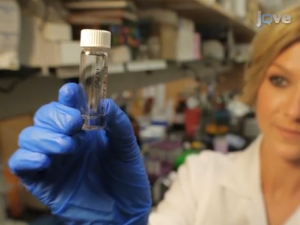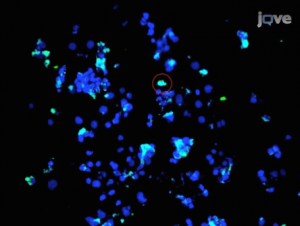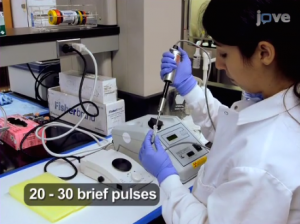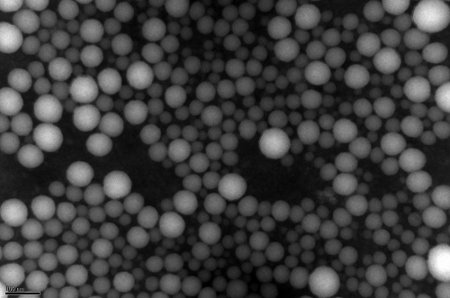In this exciting Editor’s Picks collection, our Science Editor, Dr. Jaydev Upponi, offers a glimpse into the world of nanoparticles—the novel delivery system of anti-cancer therapeutics.

Dr. Upponi: Currently, there is a new variety of chemotherapeutic agents available to treat cancer. These chemotherapeutic agents pose potential disadvantages, such as toxicity to normal cells and premature drug degradation owing to their poor solubility.
To overcome these limitations, scientists must solubilize and increase the amount of an anti-cancer drug at the area of concern and reduce the toxicity to normal cells. This is achieved by embedding drugs into what are called nanoparticles.
Prepared using various polymers, a variety of these novel drug delivery systems are currently being used (to name a few, there are synthetic polymers, microcapsules, cell ghosts, lipoproteins, liposome and micelles).
Pick #1 — PLGA Nanoparticles Formed by Single- or Double-emulsion with Vitamin E-TPGS

Dr. Upponi: Of the many nanoparticles prepared for use in drug delivery, this video describes the preparation of polymeric nanoparticles—designed to contain a chemotherapeutic drug. Specifically, the polymer made in this video is Poly(lactic-co-glycolic acid), or, PLGA.
Either hydrophilic or hydrophobic drugs can be added to characterize desired nanoparticles, and the characteristic size of a nanoparticle makes it ideal for delivery of certain therapeutic drugs to tumor tissue. Given the correct size, nanoparticles can encapsulate and then deliver therapeutics into the leaky vasculature of tumors—via what’s called the enhanced permeability retention (EPR) effect, which is also described as passive targeting.
However, it is essential for the nanoparticles to not only accumulate in the tumor area, but to also remain in the body for prolonged periods of time in order to be effective. To do this, let’s take a look at pick #2.
Pick #2 — Formulation of Diblock Polymeric Nanoparticles through Nanoprecipitation Technique

Dr. Upponi: In this video, PLGA nanoparticles are prepared using Poly(ethylene glycol), or, PEG chains to help nanoparticles last longer in the body. PEG are known to be highly water soluble, and highly hydrated, performing better in the human body. Like a cloud, they encapsulate nanoparticles and as a result, help them to be even more stable and resilient to the immune system’s response.
This allows them to better deliver therapeutic agents into a tumor.
Pick #3 — Therapeutic Gene Delivery and Transfection in Human Pancreatic Cancer Cells using Epidermal Growth Factor Receptor-targeted Gelatin Nanoparticles

Dr. Upponi: Let’s take an even deeper look. To enhance the payload of chemotherapeutic agent, these PEG nanocarriers are decorated, or functionalized, with ligands—which are known as targeting molecules. Ligands specifically bind to the over-expressed receptor surface of tumor cells. For instance, in this video gene delivery is achieved using gelatin nanoparticles that are targeted with EGFR peptide, which specifically binds to the EGFR receptor on the pancreatic cells.
Pick #4 — Models and Methods to Evaluate Transport of Drug Delivery Systems Across Cellular Barriers

Dr. Upponi: While most of the application of above mentioned nanocarriers would be systemic to treat cancer, significant research is being carried out to develop an oral drug delivery method.
With considerable progress made in the field of nanotechnology, using targeted nanocarriers, this video describes technique to analyze and evaluate the transport of nanocarriers across the gastrointestinal (GI) epithelium. While such approach is still in it’s infancy, we can foresee a future not too far in the future for popping nanocarriers orally.


